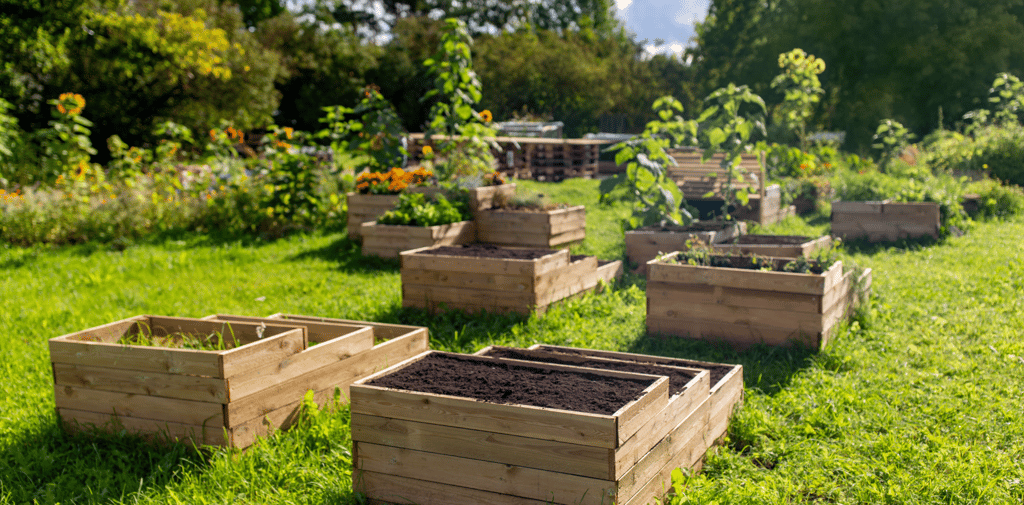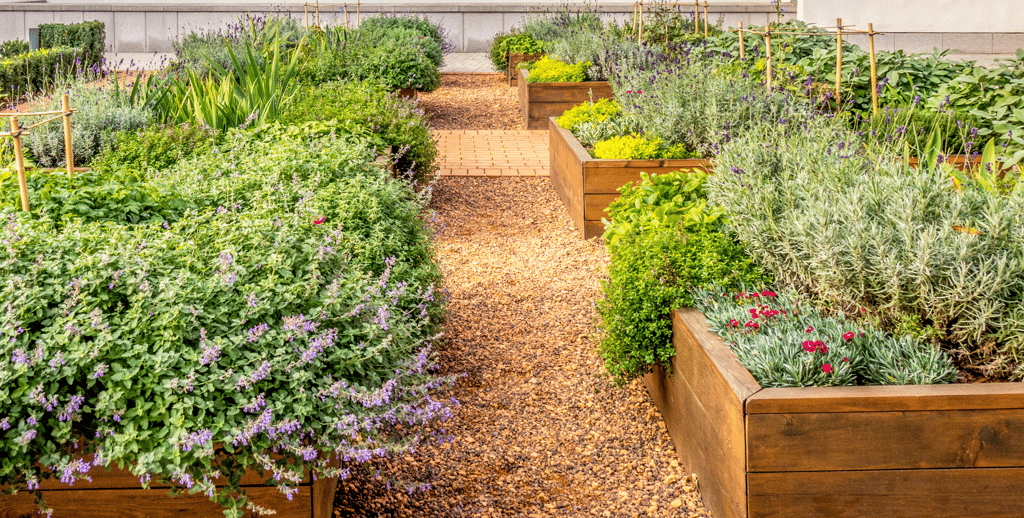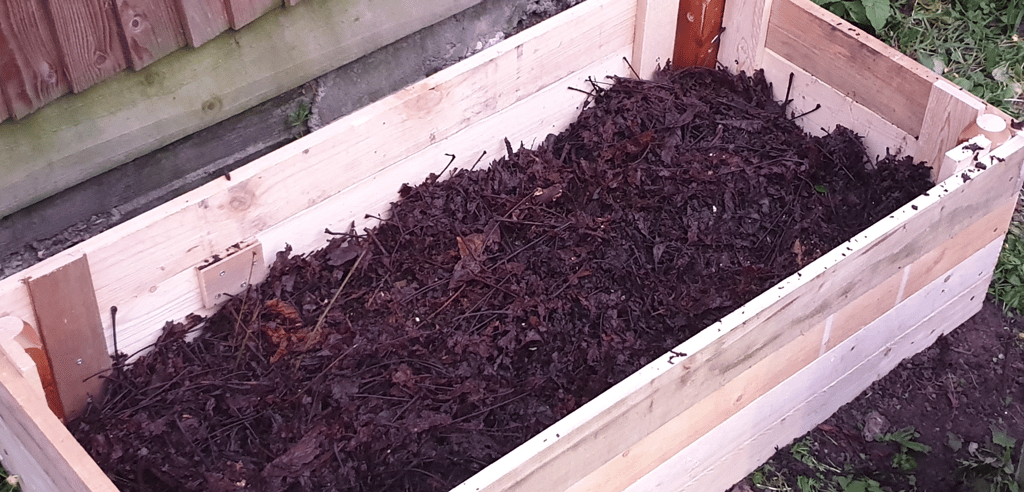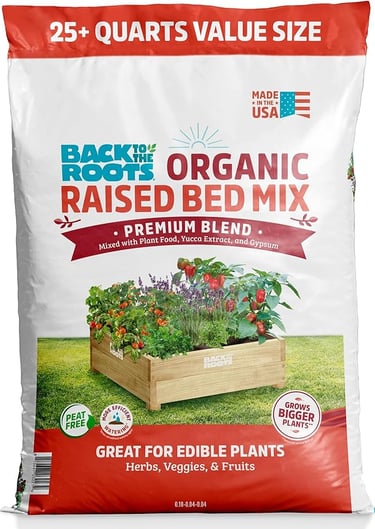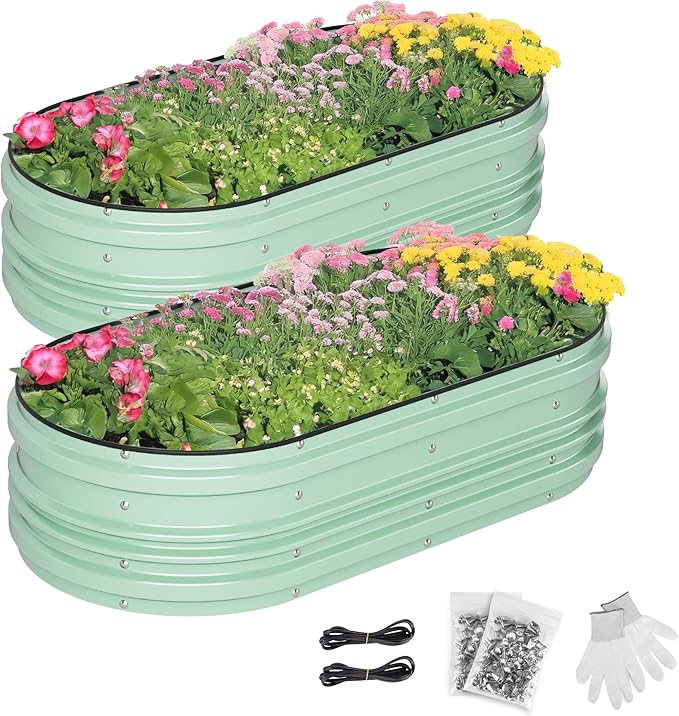Dreaming of lush, productive gardens but feeling overwhelmed by your current gardening struggles? "DIY raised garden beds" could be your secret weapon to gardening success, transforming your backyard into an abundant paradise without the back-breaking effort. Imagine cultivating thriving vegetables, aromatic herbs, and vibrant flowers, all flourishing effortlessly in neatly organized garden beds you've crafted yourself.
Why Your Garden Isn't Thriving (And How Raised Beds Can Help)
Many gardeners experience frustration from soil erosion, persistent weeds, poor drainage, or a lack of nutrient-rich soil. These setbacks limit your garden’s potential and diminish your enthusiasm over time. Traditional ground gardening exposes your plants to pests, unpredictable soil quality, and drainage issues, stunting growth and productivity.
DIY raised garden beds empower you by offering an elevated, contained gardening environment. They enhance soil drainage, simplify weed management, and protect plants from pests and diseases. You'll instantly notice improved plant growth and reduced garden maintenance—allowing you more time to actually enjoy your garden!
Essential Tools and Materials for Building Raised Garden Beds
Before diving into construction, gather these key materials and tools:
Wood: Cedar or redwood are optimal, resisting rot naturally.
Galvanized screws or nails: Long-lasting and rust-resistant.
Landscape fabric: Blocks weeds and improves drainage.
Garden soil and compost: Rich, organic blends to nourish your plants.
Basic tools: Drill, saw, measuring tape, level, and safety gear.
Easy DIY Raised Garden Bed Plans
Simple Wooden Box Raised Bed
Perfect for beginners:
Cut four wooden boards (e.g., cedar) to equal lengths (4ft ideal).
Drill pilot holes at each end of the boards.
Assemble the box by screwing corners together, forming a sturdy rectangle.
Position your box on a leveled patch of ground layered with landscape fabric.
Fill with nutrient-rich garden soil and compost mix.
Elevated Garden Bed
Ideal if mobility or pests are concerns:
Build a basic wooden box frame as above.
Attach sturdy legs (around 2 feet tall) at each corner.
Reinforce the bottom with wooden slats or galvanized metal mesh.
Line bottom with landscape fabric before filling with soil.
Choosing the Perfect Location
Position your raised garden bed where it receives at least 6-8 hours of direct sunlight daily. Avoid placing it under large trees or overly shaded areas. Also, ensure your bed has easy water access.
What’s the Best Soil Mix for Raised Garden Beds?
Creating a thriving raised garden bed starts with excellent soil:
60% garden soil (top-quality, rich in organic matter)
30% compost (nutrient-rich and moisture-retentive)
10% perlite or vermiculite (improves aeration and drainage)
Mix these thoroughly for a well-balanced planting medium.
Maintaining Your Raised Garden Beds for Maximum Yield
Maintenance is minimal but essential:
Regular watering: Raised beds can dry faster, so consistent watering is key.
Mulching: Reduces water loss and suppresses weeds.
Seasonal composting: Adds nutrients back into your soil each growing season.
Common Mistakes When Building Raised Garden Beds
Avoid these pitfalls to ensure gardening success:
Using treated lumber: Chemicals can leach into your plants.
Ignoring drainage: Poor drainage suffocates roots and causes plant stress.
Choosing the wrong location: Limited sunlight drastically reduces plant growth.
DIY Raised Garden Beds FAQ
Q: What size should a raised garden bed be?
A: Common dimensions are 4x4 feet or 4x8 feet, with a depth of at least 12 inches.
Q: How long do raised garden beds last?
A: Cedar and redwood beds typically last 10-15 years.
Q: Can raised garden beds be placed directly on grass?
A: Yes, but use landscape fabric to suppress grass and weeds effectively.
Inspiring Ideas: Beyond Traditional Raised Beds
Consider unique DIY raised garden beds:
Tiered garden beds: Great for sloped yards, maximizing space.
Circular beds: Adds a decorative touch and efficient planting layouts.
Vertical raised beds: Ideal for small spaces and urban gardening.
Taking the Next Step: Transform Your Garden Today!
Ready to revolutionize your gardening experience? By choosing the DIY path for your raised garden beds, you'll create a productive and visually appealing garden that rewards you season after season. Gather your materials, pick your spot, and start building your DIY raised garden beds today. Your garden (and back) will thank you!
Skip the construction phase?
Love the idea of DIY raised garden beds
but prefer skipping the construction phase?
No worries! Amazon offers a fantastic selection
of pre-made raised garden beds in various styles,
materials, and sizes to perfectly fit your gardening
dreams. Check out these convenient, ready-to-use
options and get growing faster!

